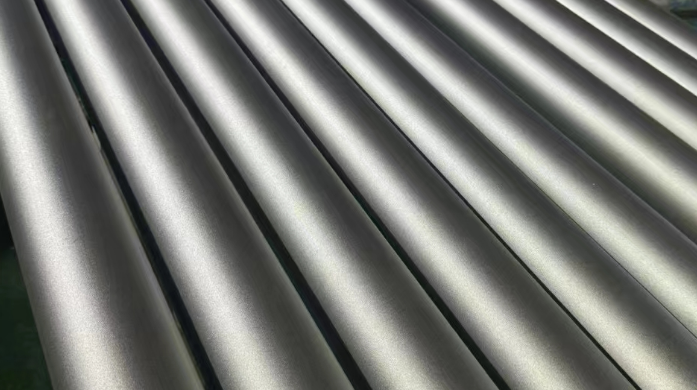High-speed steel, commonly referred to as HSS, is a crucial material in the metalworking industry, renowned for its exceptional hardness, wear resistance, and ability to maintain cutting edges at high temperatures. Its unique properties have made it a staple in toolmaking, particularly for cutting tools such as drills, taps, and milling cutters. Understanding how hard is high speed steel is crucial for its effective application and optimization in various industrial processes.

How hard is high speed steel?
What Constitutes Hardness in Metals?
Before delving into the hardness of high-speed steel, it’s essential to define what hardness means in the context of metals. In simple terms, hardness refers to a material’s resistance to indentation or scratching when a force is applied. This resistance is determined by a variety of factors, including the metal’s composition, microstructure, and treatment processes. In the case of high-speed steel, its hardness is primarily influenced by its alloy composition and heat treatment.
Composition of High-Speed Steel
High-speed steel gets its name from its ability to maintain cutting edges at high temperatures, often exceeding 600°C (1112°F). This is achieved through a unique alloy composition that typically includes tungsten (W), molybdenum (Mo), cobalt (Co), chromium (Cr), vanadium (V), and carbon (C). These elements are added in precise proportions to achieve the desired hardness, wear resistance, and toughness.
Tungsten and molybdenum are primary carbide-forming elements in high-speed steel. They increase the volume fraction of hard carbides within the steel, enhancing its hardness and wear resistance. Cobalt, on the other hand, improves the steel’s red hardness, allowing it to maintain its cutting edge at elevated temperatures. Chromium adds corrosion resistance, while vanadium can improve wear resistance by forming hard vanadium carbides.
Heat Treatment of High-Speed Steel
The heat treatment process plays a crucial role in determining the hardness of high-speed steel. It involves heating the steel to a high temperature, usually above its critical point (Austenitization), followed by cooling at a controlled rate to achieve the desired microstructure.
The initial heating step causes the steel to transform from its original microstructure to austenite, a phase that is more amenable to hardening. After reaching the desired temperature, the steel is rapidly cooled to form martensite, a hard phase that is responsible for much of the steel’s hardness. The cooling rate is carefully controlled to avoid the formation of unwanted phases, such as ferrite or pearlite, which can reduce hardness.
In addition to the initial hardening process, high-speed steel is often subjected to further heat treatments, such as tempering, to optimize its properties. Tempering involves reheating the steel to a lower temperature and allowing it to cool slowly. This process reduces the steel’s brittleness and improves its toughness, while maintaining a high level of hardness.
Measuring Hardness of High-Speed Steel
The hardness of high-speed steel is typically measured using one of several standardized methods, including the Rockwell hardness test, Vickers hardness test, and Brinell hardness test. These methods involve indenting the steel surface with a hardened indenter under a specified load and measuring the resulting indentation. The size of the indentation is inversely related to the material’s hardness.
The Rockwell hardness test is commonly used for high-speed steel due to its simplicity and reproducibility. It involves applying a preload to the steel, followed by a main load, and then measuring the depth of penetration of the indenter. The Rockwell hardness number (HR) is calculated based on this penetration depth.
Variations in Hardness
The hardness of high-speed steel can vary depending on its specific alloy composition, heat treatment, and intended application. Different grades of high-speed steel are available, each with unique properties optimized for specific cutting conditions. For example, some grades may be formulated for maximum hardness and wear resistance, while others may focus on improved toughness and resistance to thermal shock.
Conclusion
In summary, high-speed steel is a highly specialized material that offers exceptional hardness and wear resistance for cutting tools and other metalworking applications. Its hardness is determined by its alloy composition, heat treatment, and measurement methods. Understanding these factors is crucial for selecting the appropriate grade of high-speed steel for a given application and optimizing its performance.
Thank you for reading our article and we hope it can help you to have a better understanding of how hard is high speed steel. If you are looking for high-speed steel suppliers and manufacturers online now, we would advise you to visit Sino Special Metal.
As a leading supplier of high-speed steel from Shanghai China, Sino Special Metal offers customers high-quality high-speed steel products at a very competitive price.




